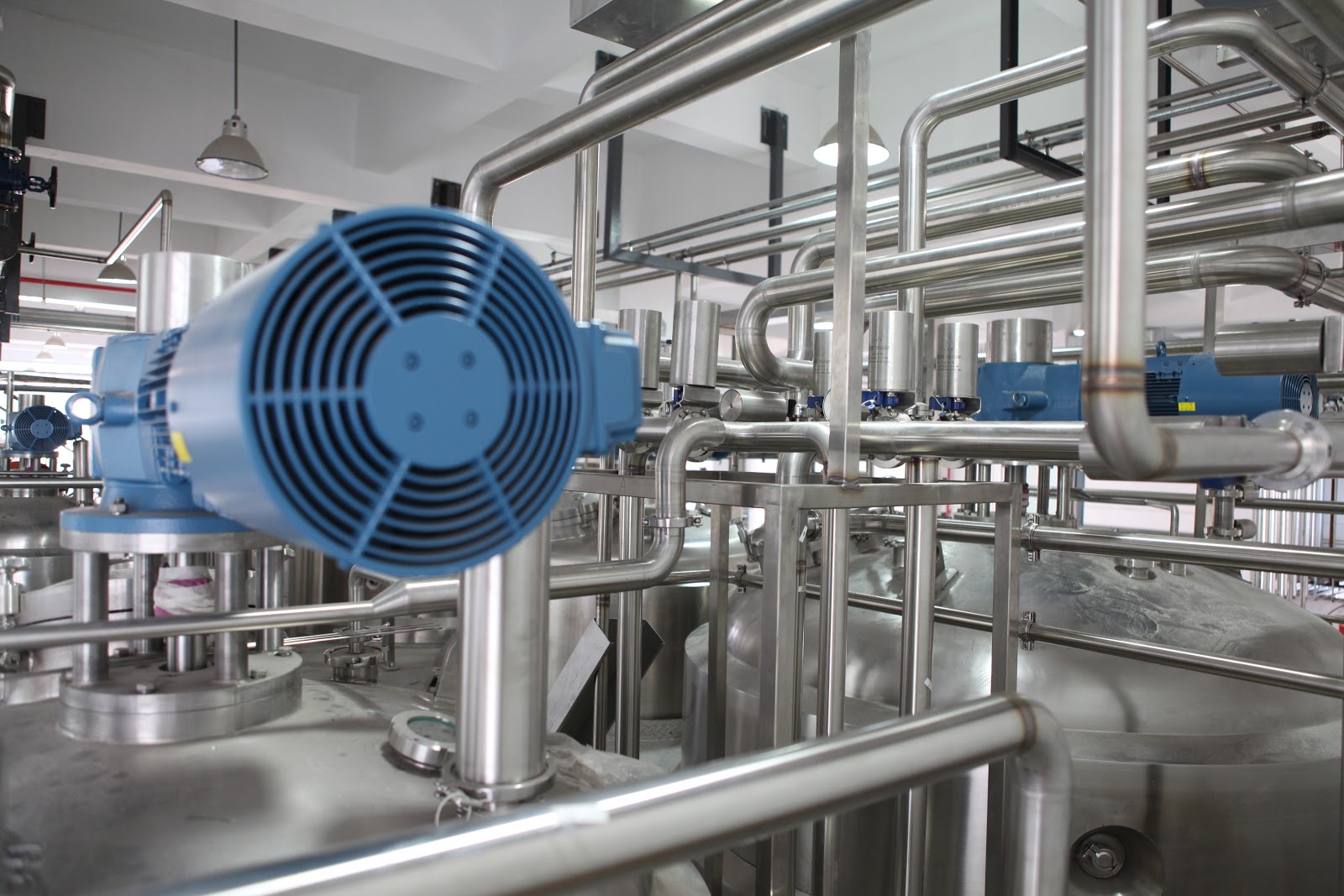Plant rooms today
Anyone that has wandered the plant rooms of today’s modern commercial buildings can see first hand that the built environment provides a lot more than its most basic function: shelter. Buildings provide fully functional micro-environments to perhaps thousands of people and this means that there are a lot of different requirements that need to be satisfied.
Whether the building in question is a manufacturing plant with specialist machinery or a large office block in the middle of a global city, modern buildings will use a building management system (BMS) - sometimes also referred to as a building automation system (BAM) - to keep the space functioning as intended.

A factory plant room
Many new buildings provide an integrated BMS solution from completion. This means that the building’s functions, such as lifts and air conditioning, as well as its environmental metrics, for example energy consumption and emissions, can be monitored from day 1.
Older buildings however will need to have this technology retrofitted. This is no longer as challenging as it used to be with the development of long-lived and small form factor sensors that do not need to be connected to external power sources.
What does a BMS do?
Below is a list of the most common elements of a building management system. Whilst the below outlines the elements of a building that may be handled by a BMS, the actual parameters will differ from one location to the next.
- Air conditioning and air quality: controls fans, air handling and fan coil units. Maintains environments at a target temperature and level of humidity (and potentially air quality in terms of airborne pathogens).
- Heating: maintains a steady state temperature based on active management of the heating system.
- Ventilation: will adjust to occupancy levels to ensure sufficient circulation of fresh air and purging of carbon dioxide.
- Lighting control: control lighting based on predetermined schedules or in reaction to occupancy. Can accommodate either standard on/off timing or adjust based on ambient light levels.
- Power control: can actively monitor continuity and uniformity of power supply to core mechanical and electrical equipment.
- Asset security: a BMS will often play a role in the entry and monitoring or intruder detection systems of a building.
- Fire alarm systems: the BMS will also handle the fire alarm system, identifying fire alarm locations and activating fire suppression systems.
- Elevators and escalators: current operating statuses and child controls will usually be handled by the BMS
- Plumbing and water management: the BMS will monitor water temperatures, flow rates and consumption to ensure that pipework is operating as intended and for example, there are no leaks.